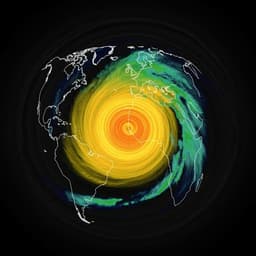
Earth Sciences
A committed fourfold increase in ocean oxygen loss
A. Oschlies
This groundbreaking research by Andreas Oschlies reveals that despite halting CO2 emissions, the deep ocean could still lose over 10% of its oxygen due to historical emissions. Dive into the implications for marine ecosystems and the staggering challenges that lie ahead.
Playback language: English
Related Publications
Explore these studies to deepen your understanding of the subject.







